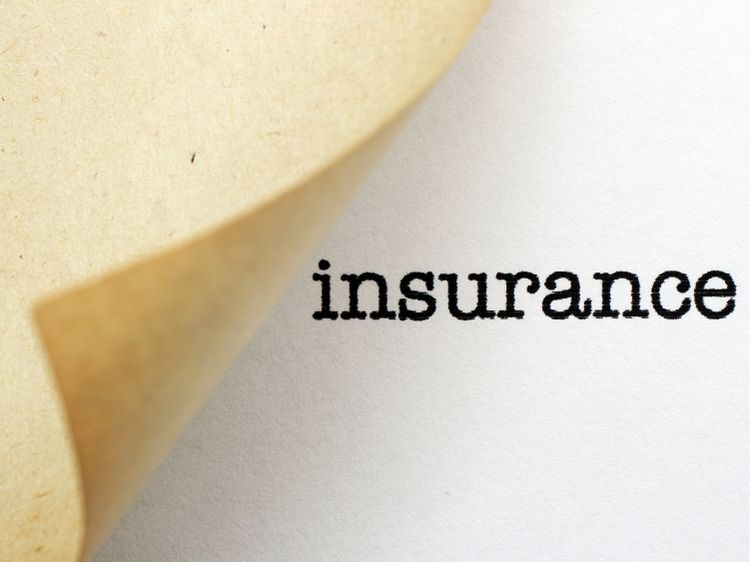When buying a car most people are focused on finding the best financing or locating the most suitable automobile insurance. But a less well-known but extremely important aspect of car possession is gaps insurance. This specific type of protection could prove invaluable in the event that you are in a tragic accident or in a situation where your car is declared to be a total loss. What specifically is gap insurance and why do you need it? Let’s get into the details to help you comprehend its importance and how it can safeguard your financial security.
What Is Gap Insurance?
Gap insurance, also known as “Guaranteed Asset Protection,” is a form of insurance that pays for the difference — or “gap”–between what you are obligated to pay on your vehicle loans and the cash worth (ACV) that you have for your car. ACV is the amount you pay for your car. ACV is the value at market of your vehicle at the moment of loss, taking into account depreciation. As cars start losing value from the moment you take them off on the road, it’s not uncommon that your loan’s balance will overvalue the value of your car particularly in the initial several years following the purchase. This is the point where gap insurance comes in, offering financial relief.
If you do not have gap insurance, in the event that your vehicle is damaged or stolen the primary insurance you have will only be able to cover the ACV of the car. You are then to pay the rest of the amount of the lease or loan out of your pocket. Gap insurance covers this gap and ensures that you’re not in a financial bind.
Who Should Consider Gap Insurance?
Gap insurance can be particularly advantageous for car owners with specific needs based on their financial situation as well as the kind of car they’ve bought. If, for instance, you’ve put down a modest down payment, or you’ve chosen the longer term of your loan the value of your vehicle could decline faster than you are able to repay the loan. In these instances it’s important to have gap insurance for security.
Similar to leasing cars often have to take advantage of gap insurance. Lease agreements typically require more monthly payments on cars that decrease in value rapidly, which could result in a substantial difference between the lease payment amount and the value of the vehicle. Most lease agreements automatically provide gap insurance, however it’s crucial to check the conditions.
Insurance for gaps is recommended when you’ve bought a premium or a luxury car. They are likely to appreciate quickly, which means they have a gap in their value between the ACV of them and the credit balance could be significant in the case of an accident, or theft.
How Does Gap Insurance Work?
To better understand how gap insurance works think about this scenario: you bought a car for $30,000 and then financed the whole amount. After one year, the vehicle’s value declines to $25,000 however, you still owe $28,000 for the loan. If your vehicle is damaged in an accident and your auto insurance will pay for an ACV amount of $25,000 and leave a gap of $3,000 which you have to pay out of your pocket. If you have gap insurance, that $3000 shortfall will be covered to protect you from the financial strain that could arise from an unexpected event.
It’s important to know the fact that insurance for gap is usually affordable and is available through your dealership for cars or an auto insurance company, or even an independent insurance firm. The price varies depending on a variety of factors, including the value of the car and loan terms as well as the overall requirements for coverage.
When Should You Skip Gap Insurance?
Although gap insurance is an important safety measure however, it’s not a necessity for everyone who owns a car. If you’ve made your loan repayment completely or made an enormous down payment there is a chance that you’ll have the gap being significant diminishes. Also, if you own an older car that has experienced the bulk in its loss, gap insurance might prove to be a waste of additional cost.
In the event that your car loan has an interest rate that is low and aligns closely with your vehicle’s depreciation the gap insurance might be ineffective. Examining your financial situation as well as the particulars of your car lease or loan agreement can help you determine whether gap insurance is a good investment.
The Benefits of Gap Insurance
One of the greatest benefits that gap insurance offers is the financial protection it offers. The risk of accidents is unpredictable, so using gap insurance means you’re not liable for paying the loan off for an automobile you don’t own. Also, it allows you to recuperate faster from the event of a total loss, because you’ll be able to use your resources to get an alternative vehicle instead of taking care of outstanding loans.
Furthermore, gap insurance eases what can otherwise be a difficult and complicated procedure. Instead of stressing about the best way to manage loans following an accident, you are able to be focused on moving forward, without excessive financial burden.
Final Thoughts on Gap Insurance
Gap insurance is a wise investment for anyone who is buying the vehicle for lease or purchase particularly if you are anticipating there will be a substantial gap between the value of your vehicle and the balance you have to pay on the loan. It helps bridge the gap should there be a complete loss, this specific insurance provides assurance and financial security in the event of a crisis.
The final option to purchase gap insurance depends on your circumstances, financial needs, loans term and depreciation rate. By taking the time to analyze your requirements and know your options regarding coverage will ensure that you’re prepared for any eventuality. Through gap insurance you’ll be able enjoy driving with peace of mind knowing that you’re safe from the financial risks of depreciation.



